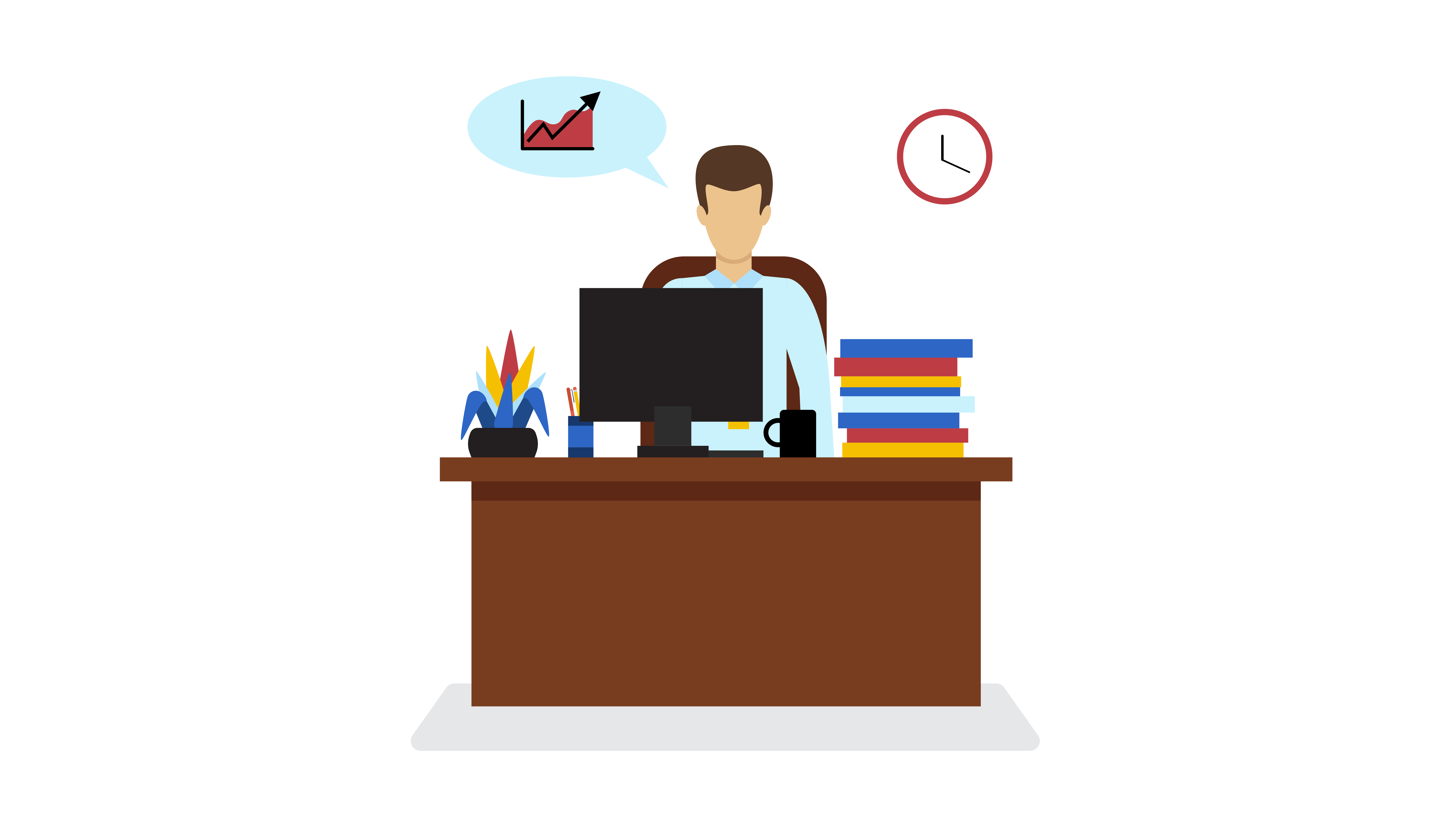All Categories
Featured
Modern businesses need an centralized location to store customer data platforms (CDPs). This is an essential tool. The software tools provide a more accurate and complete picture of the customer which can be used for targeted marketing and personalized customer experience. CDPs provide a variety of functions, including data governance such as data quality and formatting, data segmentation, and data compliance, to ensure that the customer's data is recorded, stored, and utilized in a safe and well-organized manner. With the ability to pull data from various APIs such as the CDP will also allow organizations to make the customer the heart of their marketing efforts and enhance their operations. It also allows them to connect with their customers. This article will discuss the advantages of CDPs for businesses.
customer data support platform
Understanding CDPs: A customer data platform (CDP) is a computer program which allows companies to gather the, organize, and store data about customers in one central place. This gives you a better and complete picture of your customers and allows you to focus your the marketing of your customers and create personalized customer experiences.
-
Data Governance: The ability of a CDP to protect and control the information that is incorporated is among its most important characteristic. This includes division, profiling and cleansing of the data coming in. This ensures that the organization remains compliant with data regulations and policies.
-
Quality of Data: It is essential that CDPs ensure that the data they collect is of high-quality. This means that the data has to be entered correctly and meet the desired quality standards. This eliminates the need for storage, transformation, and cleaning.
-
Data Formatting is a CDP is also used to make sure that data is in the predefined format. This allows data types like dates to be aligned across customer information and helps ensure the same and consistent data entry. cdp product
-
Data Segmentation: The CDP allows you to segment customer data to better understand different customers. This allows you to test different groups against one another , and to get the correct sample distribution.
-
Compliance A CDP allows organizations to handle customer data in a legally compliant way. It permits you to define safe policies and classify information based on these policies. You can even detect any violations of the policy when making marketing decisions.
-
Platform Selection: There is a wide range of CDPs and it's vital to know your requirements before selecting the best one. Consider features like data privacy as well as the capability of pulling data from other APIs. cdp data
-
Making the Customer the Center This is why a CDP allows for the integration of real-time, raw customer information, ensuring the immediacy, accuracy, and unity that every marketing department needs to boost their efficiency and connect with their customers.
-
Chat, Billing and More Chat, billing and more CDP helps to find the context for great discussions, regardless of whether you're looking for billing or prior chats.
-
CMOs and big data 61% of CMOs say they're not using enough big data, according to the CMO Council. A CDP can assist in overcoming this issue by giving an entire view of the client and allowing for more effective utilization of data to improve marketing and customer engagement.
With numerous different kinds of marketing technology out there every one typically with its own three-letter acronym you may question where CDPs come from. Although CDPs are amongst today's most popular marketing tools, they're not an entirely originality. Instead, they're the current action in the evolution of how marketers manage customer information and client relationships (What is Cdp in Marketing).

For the majority of online marketers, the single biggest worth of a CDP is its ability to section audiences. With the abilities of a CDP, online marketers can see how a single client connects with their business's different brands, and recognize opportunities for increased personalization and cross-selling. Of course, there's far more to a CDP than segmentation.
Beyond audience segmentation, there are three big reasons your business may desire a CDP: suppression, personalization, and insights. Among the most intriguing things marketers can do with information is determine customers to not target. This is called suppression, and it's part of delivering truly individualized customer journeys (What is Customer Data Platform). When a client's combined profile in your CDP includes their marketing and purchase information, you can suppress ads to consumers who've currently made a purchase.

With a view of every customer's marketing interactions connected to ecommerce data, website sees, and more, everyone throughout marketing, sales, service, and all your other teams has the possibility to understand more about each consumer and deliver more tailored, relevant engagement. CDPs can help online marketers deal with the source of a lot of their most significant daily marketing issues (Cdp Define).
When your data is disconnected, it's more hard to understand your customers and create meaningful connections with them. As the variety of data sources utilized by online marketers continues to increase, it's more vital than ever to have a CDP as a single source of truth to bring all of it together.
An engagement CDP uses consumer data to power real-time customization and engagement for customers on digital platforms, such as websites and mobile apps. Insights CDPs and engagement CDPs make up most of the CDP market today. Extremely few CDPs include both of these functions equally. To pick a CDP, your company's stakeholders should consider whether an insights CDP or an engagement CDP would be best for your needs, and research study the few CDP alternatives that include both. Cdp Data.
Redpoint GlobalLatest Posts
The Importance of Data Quality in a CDP
The Role of CDPs in Reducing Additional Expenses for Cleaning and Storage
The Role of CDPs in Combining Data from Multiple Sources